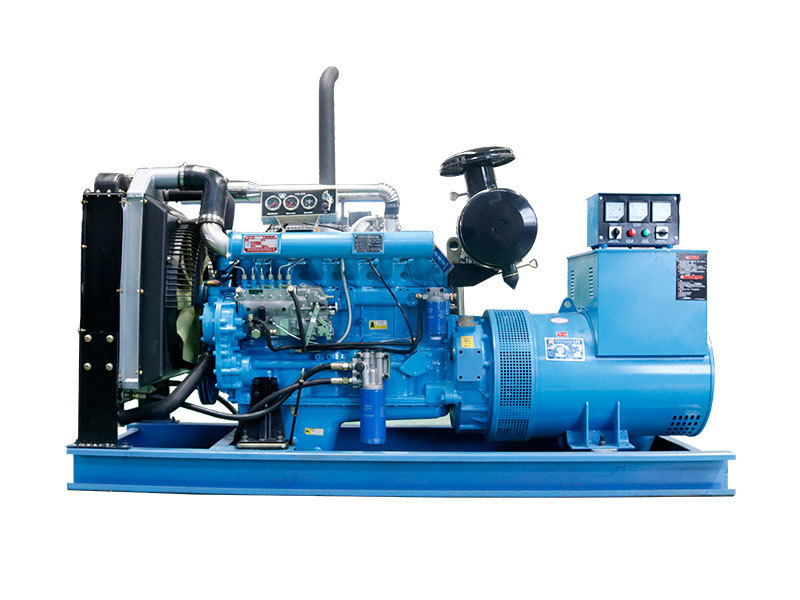The Hidden Costs of Power Generation
Have you ever wondered about the true costs of power generation? It's not just about purchasing a generator set and running it until it breaks down. In reality, there are hidden costs that can significantly impact your bottom line. To be honest, a well-planned generator set lifecycle can make all the difference in saving you time, money, and resources in the long run.
The Importance of Generator Set Lifecycle Planning
Here's the thing: Generator sets are complex machines with many moving parts. Over time, these components wear out and need to be replaced. If you don't plan for this, you could find yourself facing unexpected downtime, costly emergency repairs, or even worse – a complete system failure.
That's where generator set lifecycle planning comes in. By understanding the typical lifespan of each component and planning for regular maintenance and replacement, you can minimize downtime, extend the overall life of your generator set, and keep your power generation costs under control.
Creating an Effective Generator Set Replacement Strategy
So, how do you go about creating an effective generator set replacement strategy? Here are some key considerations:
1. Assess Your Current Generator Set
First things first: take a close look at your existing generator set. How old is it? What condition is it in? Have you been keeping up with regular maintenance? This information will help you determine whether a simple repair or upgrade is sufficient, or if it's time for a full replacement.
2. Determine Your Power Generation Needs
Next, think about your current and future power generation needs. Have your energy demands increased since you first purchased your generator set? Are there new technologies or more efficient models on the market that could better meet your needs? Answering these questions will help you choose the right replacement generator set for your specific situation.
3. Set a Realistic Budget
Of course, budget is always a consideration when it comes to replacing expensive equipment like generator sets. Be sure to factor in not only the upfront costs of purchasing a new generator, but also ongoing maintenance and repair expenses. It's important to strike a balance between cost and performance to ensure you're making a wise investment.
4. Plan for Regular Maintenance and Upgrades
Once you've chosen your new generator set, don't forget about ongoing maintenance and upgrades. Regularly scheduled maintenance can help extend the life of your generator and prevent unexpected breakdowns. Additionally, staying up-to-date with the latest technological advancements can help you get the most out of your power generation investment.
Putting Your Generator Set Lifecycle Plan into Action
Now that you understand the importance of generator set lifecycle planning and replacement strategies, it's time to put this knowledge into action. Here are some practical steps you can take:
In Conclusion
In my experience, investing in a well-planned generator set lifecycle and replacement strategy can pay off in spades. Not only will you save money on unexpected repairs and downtime, but you'll also enjoy the peace of mind that comes with knowing your power generation needs are covered for years to come. So, what are you waiting for? Start planning your generator set lifecycle today!
Next steps: Reach out to a power generation expert to discuss your specific needs and create a customized generator set lifecycle plan.





